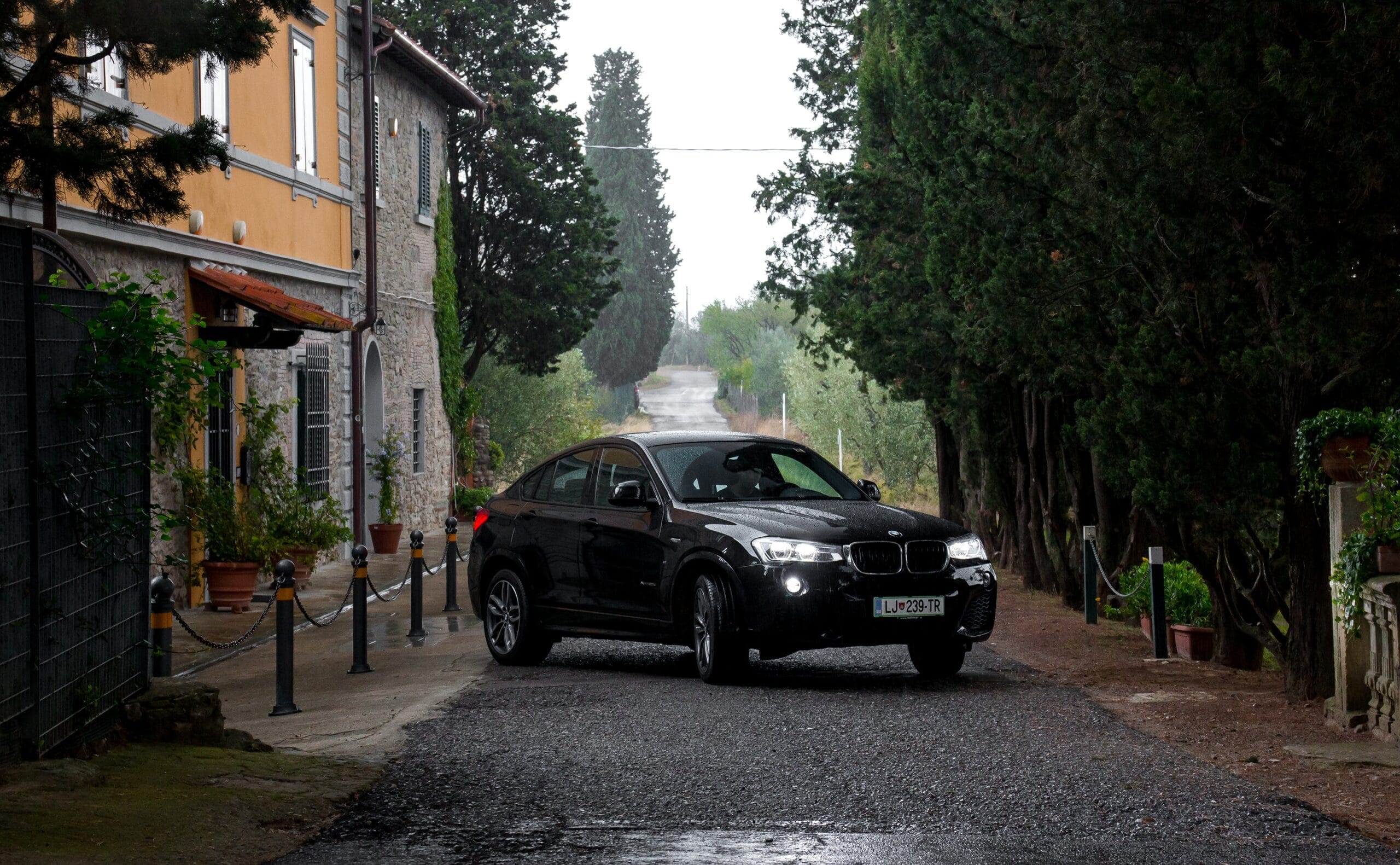
The concept of “the end of parking” (along with radically safer roads and front row seats that face backward) seems central to any prominent think-piece about how autonomous vehicle (AV) technology will disrupt the current city landscape. The premise goes that – whether they enter into a holding pattern by circling the block, navigate themselves to find parking outside of a downtown center or move on to pick up the next passenger(s) – these exciting new vehicles won’t have to park and will dramatically cut the demand for parking in city centers. Reputable estimates project that AVs, particularly when deployed in a shared-use, on-demand model, could cut demand for parking by as much as 90%. While these projections are built on sound math and plausible long-term, what does this mean for motorists looking for parking in near-term?
Cities Are Eager to Deploy HAVs
In conversations with city officials about autonomous vehicles, there is tremendous excitement surrounding the potential for the technology to improve safety, alleviate congestion, reduce emissions, provide mobility access to underserved populations, and reclaim parking real estate for new uses among other impacts. But as planners read headlines trumpeting the beginning of the end of parking, there is the question of why a city (or company) should dedicate funds to create more parking, if demand for these spaces is likely to decline.
This sets up a dynamic where demand for parking will likely continue to increase in the next 5-10 years, as consumers purchase vehicles with limited levels of automation that still require a human driver and traditional parking, but where investments in new parking resources are likely to wane. This ultimately means for consumers that, come 2030, hunting for a parking space may very well be a thing of the past, but that over the next decade the pain-point of finding a space may actually get worse.
Surveys repeatedly find that parking is a top pain-point for drivers. During this transition period and in response to looming driver frustration, cities, automakers and technology leaders will need to identify ways to make the parking experience “smarter” by effectively guiding drivers to available parking spaces. This includes solutions like INRIX Parking, which helps guide drivers to open spots by using big data and predictive analytics.
Will Self-Parking Cars Prevail?
Additionally, the early iterations of autonomous vehicles include features that allow a car to park itself (some with the driver still in it, some after dropping the driver off at a destination). This same combination of data about parking availability and traffic conditions for routing, which dramatically improves the parking experience for human drivers, is equally essential to successfully implementing these new driverless parking features. A car that drives around looking for parking exacerbates congestion, however, a car that optimally navigates to the nearest open space and parks itself helps minimize congestion.
While the future city may indeed see parking lots and street parking replaced, repurposed and reimagined, this focus on the future is likely to mean drivers will increasingly rely on technology to alleviate the growing challenge of parking.




